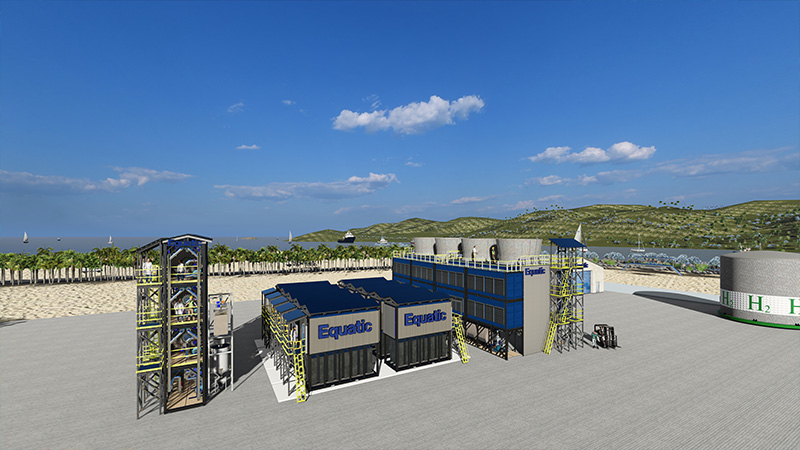The True & Complete Costs of Energy
If humans are to survive and thrive, the key challenge is to learn to use energy with a complete understanding of its costs and benefits. Energy cannot be created or destroyed; it can be transferred from one form to another depending on which interaction occurs. The key is the type of interaction and its byproducts.
Understanding the Basics of Energy
Any system that has the capability to do work needs an energy source. Depending on what is doing the work, the energy needed is different and takes different forms. Some systems use potential energy, like a ball sitting on the top of a hill, and others use kinetic energy, like an engine converting chemical energy such as gasoline to kinetic energy and heat to power a car.
But no matter what form, energy exerts a force through a distance on an object or moves something against a force. All living organisms do work, getting energy either through plant or animal food. Photosynthesis takes energy from the sun and changes it into sugar which is stored in roots and leaves. Humans first learned to convert energy from one form to another by eating and much later by discovering fire and using it to convert wood to heat.
But energy has many forms, traveling as electromagnetic waves as heat, light, radio waves, microwaves, and gamma rays, or as chemicals, electricity, thermal, and nuclear energy.
The history of the use of fossil fuels has mostly been about what has been easy; plentiful supplies of fossil fuels allowed them to dominate the world for more than a century. Now and in the future, the use of energy will be about what is smart and sustainable.
Smart, Efficient & Sustainable Energy
The key to an energy object or system is how much work it can do. Extracting work can be hard or easy, clean or dirty, expensive or cheap.
An athlete who lifts a 10-pound weight from the floor over his head expends about 45 J of energy. Humans and animals store energy in muscles and fat after extracting energy from fruits and vegetables where it has been stored as sugars and starches.
Energy efficiency is more important than ever. Improving fuel economy in vehicles, for example, has a history of increasing energy efficiency, but automobile makers didn’t seem to have the motivation to move the technology forward until recently.






